The 1990s marked a distinctive era in fashion history, characterized by a blend of various subcultures and mainstream influences. From grunge and minimalism to hip-hop and pop culture icons, 90s Fashion continues to shape trends and styles in the modern era.
Grunge Fashion
Grunge fashion emerged as a rebellion against the excesses of the 1980s, reflecting the disillusionment of Generation X. Inspired by bands like Nirvana and Pearl Jam, grunge style embraced a nonchalant attitude and a mix of thrift store finds. Flannel shirts, ripped jeans, Doc Martens boots, and beanies became emblematic of the grunge aesthetic.
Minimalism
In stark contrast to the bold and flashy styles of the previous decade, minimalism gained popularity in the 90s. Designers like Calvin Klein and Jil Sander championed simplicity, favoring clean lines and neutral colors. The minimalist look emphasized functionality and understated elegance, resonating with those seeking a more refined aesthetic.
Hip-Hop Influence
The rise of hip-hop as a dominant cultural force in the 90s had a profound impact on fashion. Oversized clothing, tracksuits, and sneakers became synonymous with urban street style. Hip-hop artists like Tupac Shakur and Notorious B.I.G. not only influenced music but also set fashion trends that permeated mainstream culture.
Pop Culture Icons
Television shows like “Friends” and “Beverly Hills, 90210” along with movie stars such as Alicia Silverstone and Will Smith epitomized 90s fashion. From Rachel Green’s layered haircut to Cher Horowitz’s plaid skirts and knee-high socks, pop culture icons of the era left an indelible mark on fashion trends.
Revival of 90s Fashion
In recent years, there has been a resurgence of 90s fashion, fueled by nostalgia and a desire for retro authenticity. Contemporary designers and brands have reinterpreted 90s styles, incorporating them into their collections. Celebrities and influencers often pay homage to iconic 90s looks, further solidifying its place in modern fashion.
Nostalgia and Cultural Impact
The enduring appeal of 90s fashion lies in its ability to evoke nostalgia for a simpler time. Beyond mere aesthetics, 90s fashion represents a cultural moment, reflecting the attitudes and values of a generation. Whether it’s the grunge revival or the return of minimalist silhouettes, 90s fashion continues to captivate audiences worldwide.
Challenges and Criticisms
However, the revival of 90s fashion is not without its challenges. Critics argue that it perpetuates a cycle of nostalgia-driven consumerism, commodifying the past for profit. Moreover, there are concerns about cultural appropriation, as certain styles may not be respectfully represented or understood in their original context.
Conclusion
Despite these challenges, the influence of 90s fashion remains undeniable. Its impact reverberates through contemporary style, reminding us of a bygone era while simultaneously shaping the future of fashion. Whether it’s a nod to grunge, a minimalist ensemble, or a hip-hop-inspired look, 90s fashion continues to inspire and captivate generations old and new.
FAQs
Why is 90s fashion making a comeback?
Nostalgia plays a significant role, with many reminiscing about the cultural moments of the era.
What are some key pieces to achieve a 90s-inspired look?
Flannel shirts, mom jeans, slip dresses, and chunky sneakers are quintessential 90s staples.
How can one incorporate 90s fashion into their wardrobe without looking outdated?
Mix vintage pieces with modern elements to create a contemporary twist on classic 90s styles.
Are there any specific fashion brands known for their 90s-inspired collections?
Yes, brands like Tommy Hilfiger, Calvin Klein, and Doc Martens have all embraced the nostalgia for 90s fashion.
What role does social media play in the resurgence of 90s fashion?


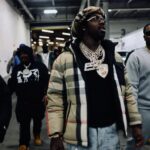
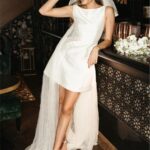


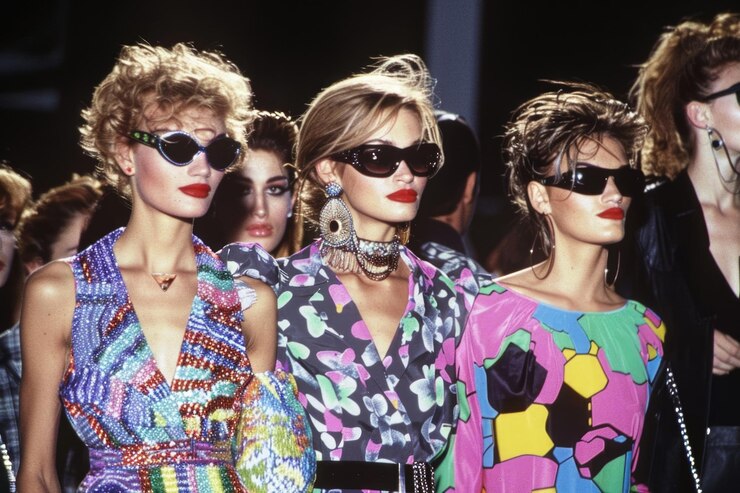
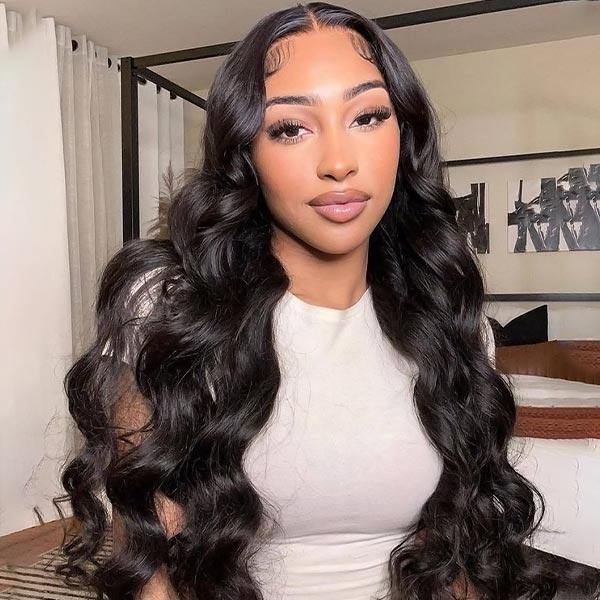
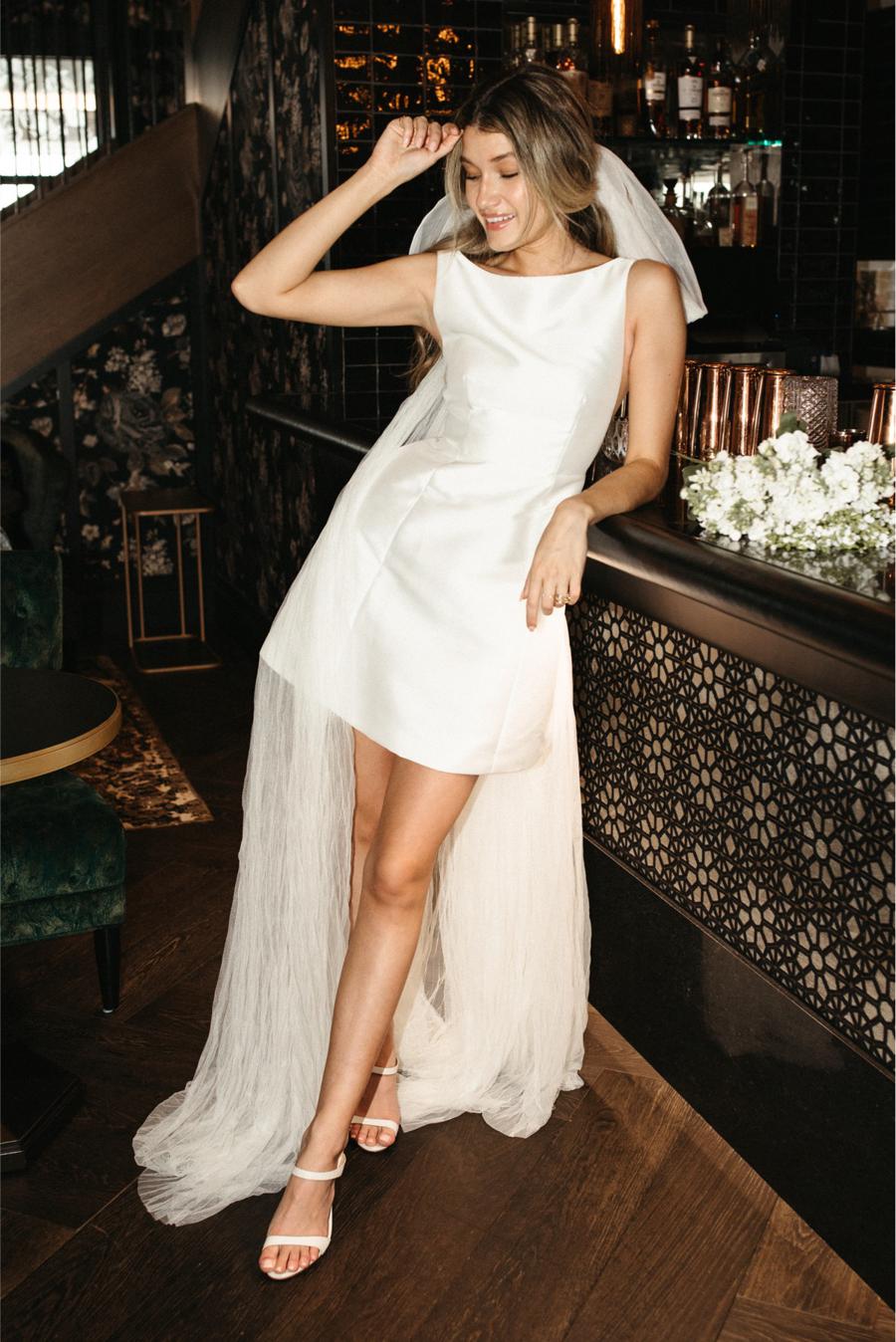
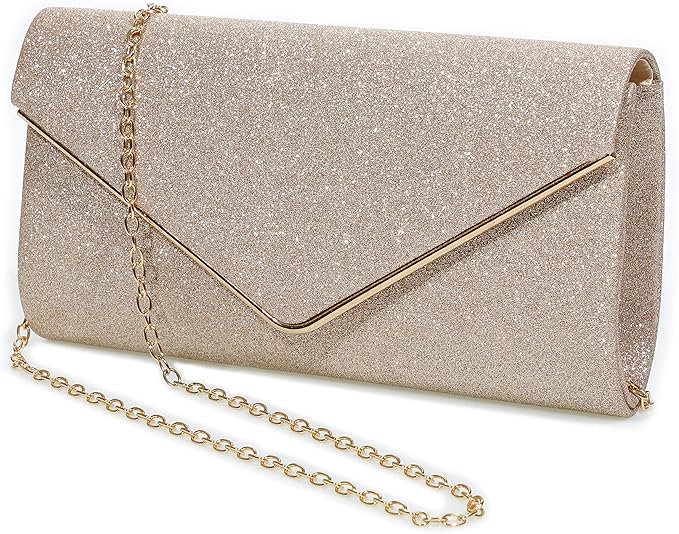
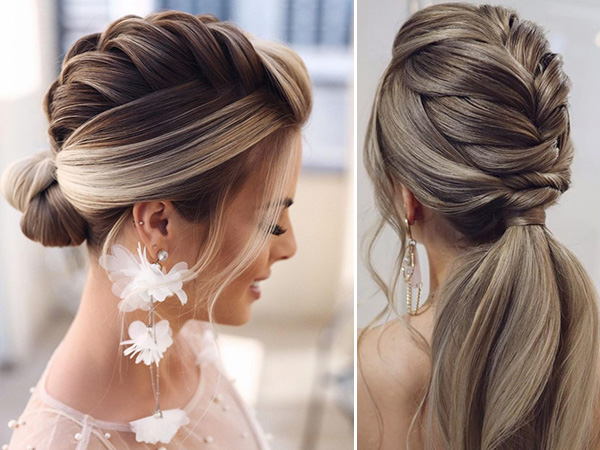
One thought on “90s Fashion: A Nostalgic Journey Through Style Trends”